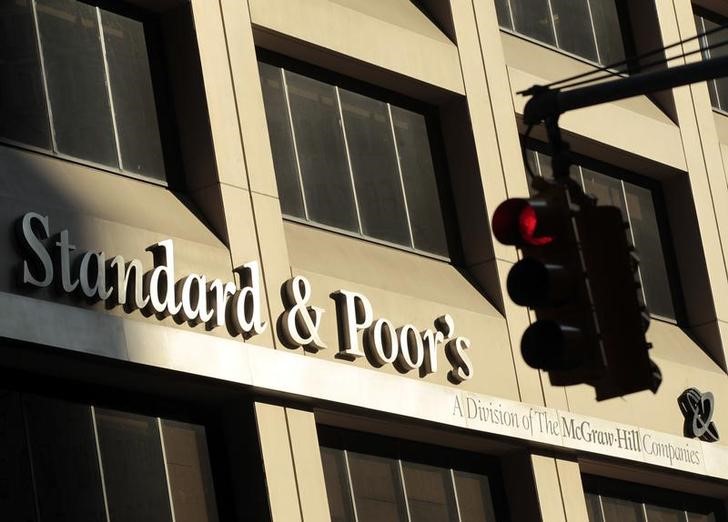 © Reuters. The Standard and Poor’s building in New York
© Reuters. The Standard and Poor’s building in New YorkBy Tom Westbrook
SYDNEY (Reuters) – Ratings agency Standard and Poor’s weakened its risk assessment criteria to win business and turn out high ratings on opaque debt products that started to unwind during the global financial crisis, an Australian court heard on Monday.
The U.S.-based ratings agency is being sued for at least A$190 million ($150 million) by two local governments and two pension funds in Australia, which lost money on synthetic collateralized debt obligations (SCDOs) when the U.S. subprime mortgage crisis hit a decade ago.
The class action suit, funded by Singapore-based Litigation Capital Partners, could expose S&P to lawsuits from other investors if the agency is found to have knowingly turned out unreliable ratings.
Noel Hutley, barrister representing the councils, said S&P had no reasonable basis for the high credit ratings it had awarded to the SCDOs, which he said were based on “flawed” models.
“As a result of these various flaws the ratings assigned were false, misleading and the applicants suffered large losses when the claimed SCDOs defaulted,” Hutley told the Federal Court in Sydney.
S&P is defending the action, with the ratings agency scheduled to present its opening arguments later this week as part of the eight-week hearing.
An S&P spokesman declined to comment on the case on Monday.
In the 10 years since the global financial crisis, S&P has settled lawsuits in the U.S. over its ratings of CDOs, the products blamed for spreading market turmoil around the world.
The investments that found their way into Australia were designed by U.S. investment banks, transferring risk in those products from Wall Street to local councils that would typically invest their spare cash in bank and government bonds.
While a cash CDO might typically contain a portfolio of 100 corporate bonds, the SCDOs were more complex products linked to credit default swaps. Investors of both CDOs and SCDOs were left exposed to defaulting U.S. subprime mortgage loans, which created the worst financial crisis in generations when they began to default last decade.
The SCDOs sold in Australia tended to be AA or AAA-rated and were rebranded with local names, such as the SCDO called Blue Gum – a species of the native eucalyptus tree – which councils lost money on.
Hutley said on the opening day of trial that S&P weakened its ratings models “at each and every turn” to maximize profits by making its ratings more attractive to product providers and promoters.
“None of the applicants would have invested…had they known that S&P had systematically weakened its ratings criteria in order to cultivate business,” Hutley said.
Lawyers say a finding of wrongdoing against the agency could re-open legal avenues, since lapsed due to the statute of limitations, to pursue S&P over its role in investment losses incurred during the financial crisis.
S&P and fellow rating agencies have long faced criticism from investors, politicians and regulators for assigning high ratings to securities that quickly turned sour, especially because they are paid by issuers for ratings, raising concern about potential conflicts of interest.
Fusion Media or anyone involved with Fusion Media will not accept any liability for loss or damage as a result of reliance on the information including data, quotes, charts and buy/sell signals contained within this website. Please be fully informed regarding the risks and costs associated with trading the financial markets, it is one of the riskiest investment forms possible.
Source: Investing.com


























